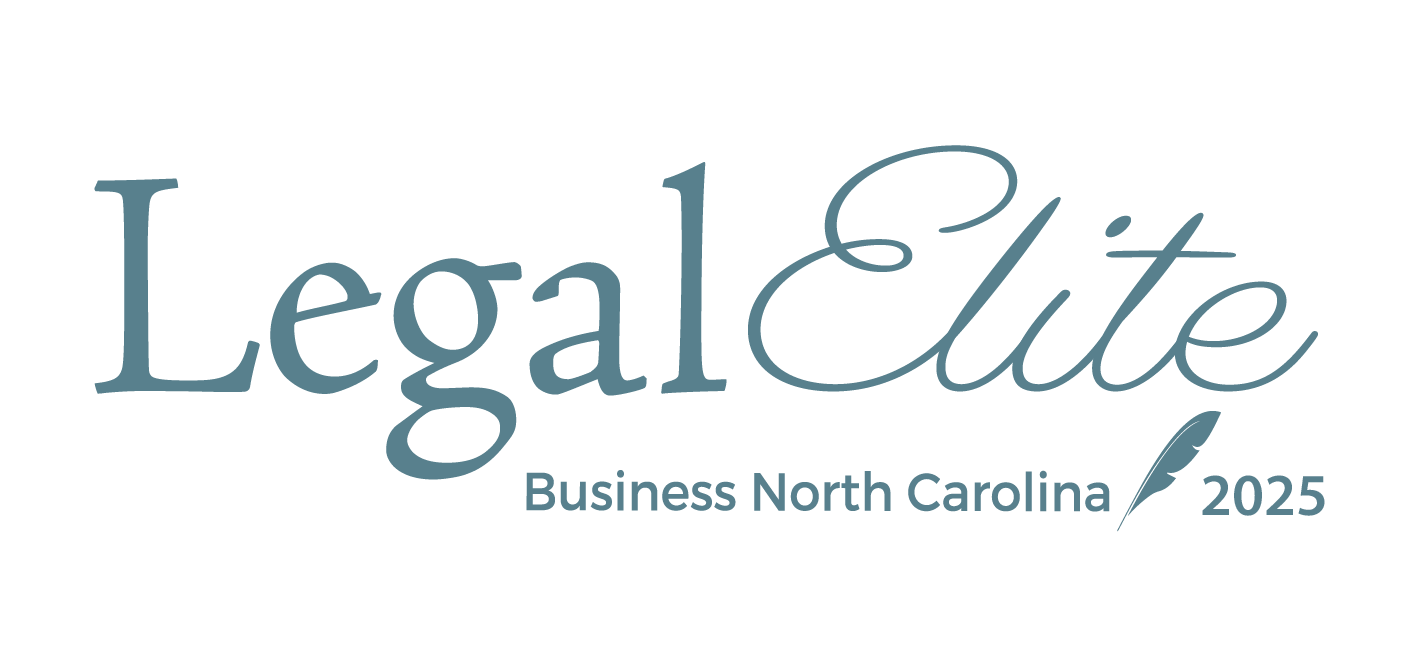In North Carolina, private developers establish community associations by planning, building infrastructure, developing lots, and organizing property owners or associations.
Initially, developers have substantial control over property, aesthetics, and operations. As the community matures, ownership and operational control can transition to community members.
While this shift can be tense, with proper planning, communication, a positive attitude, and proactivity, the community can smoothly transition. This process safeguards investments and reputation, reduces liabilities, and empowers the community to thrive amidst challenges. conveyed by the developer with little formality, while others require specific written and recorded conveyance. Only at the culmination of all of these, or the last of these, events, is the transition fully complete.
Understanding Transition
Transition is not a specific event in time but a series of interconnected events. Private developers of community associations are afforded significant flexibility in reserving certain rights for themselves in North Carolina. Although a full catalog of all of these rights exceeds the scope of this article, examples of these rights are the authority to appoint the members of the board of directors for the property owners association, the reservation of easements through and across the community property for various reasons, and the right to annex additional property into the association. Experienced private developers will have these rights specifically set forth in the declaration of covenants (the document that creates and, in concert with applicable North Carolina law, governs the community). Certain rights naturally expire by the operation of the governing documents or law. Other rights may be terminated or conveyed by the developer with little formality, while others require specific written and recorded conveyance. Only at the culmination of all of these, or the last of these, events is the transition fully complete.
Mutual Benefits of an Association's Transition
Both the private developer and the community association have a significant interest in a healthy, complete, and amicable transition. The private developer has a reputation as a quality developer to uphold and preserve, as the successfully developed community will become a feather in the cap of the developer's portfolio. The legacy of an independently healthy community is just about the best marketing a developer can have. Likewise, the individuals who will actually live in the community benefit from the developer's good work in creating it with strong lot values and a vibrant community.
Developer Considerations
The private developer should ideally begin any development project with the end in mind. The ultimate transition of the community to its members should be a primary consideration when the developer is drafting the declaration of covenants and creating the community. This involves clearly and accurately stating the rights reserved for the developer, correctly denoting the character of property on the plats, and planning for a thoughtful and gradual transition of the reserved rights and properties to the property owners' association. Private developers also should be mindful of the significant benefits of transitioning certain rights early in the process. It is common for developers to retain rights, such as the power to appoint members of the board of directors for the property owners association, far longer than is advisable or truly prudent. A proactive plan and a wind‑down schedule are useful tools for the private developer and should be developed early in the process.
Community Association Considerations
The community association should, as early in the process as possible, begin an open dialogue with the private developer regarding transition issues. A primary component of any community association's transition efforts should be investigation and education as to all of the rights and events to come. This most certainly can be a collaborative effort with the developer and involves cataloging all of the private developer's rights and making a determination about what the community association would like to see with each particular right. For example, there may be some rights that the association wishes to receive from the developer, while others should be terminated. The overarching goal for the community association should be to resolve the rights of the developer in a manner that best positions the community to operate moving forward effectively.
Separate Counsel, Conjoined Goals
Since the association and the developer are separate entities, it’s beneficial for each to have independent legal representation. Attorneys can assist with planning, education, and advising on the various rights and considerations involved. Contrary to popular belief, involving attorneys does not necessarily lead to conflict. Instead, they can play a crucial role in guiding the complex transition process.
Transition does not have to be, and should not be, tense and uncomfortable. With proper empathy, vision, planning, and appropriate attention to the issues, the parties will have the best opportunity to find the transition that most appropriately benefits both.







